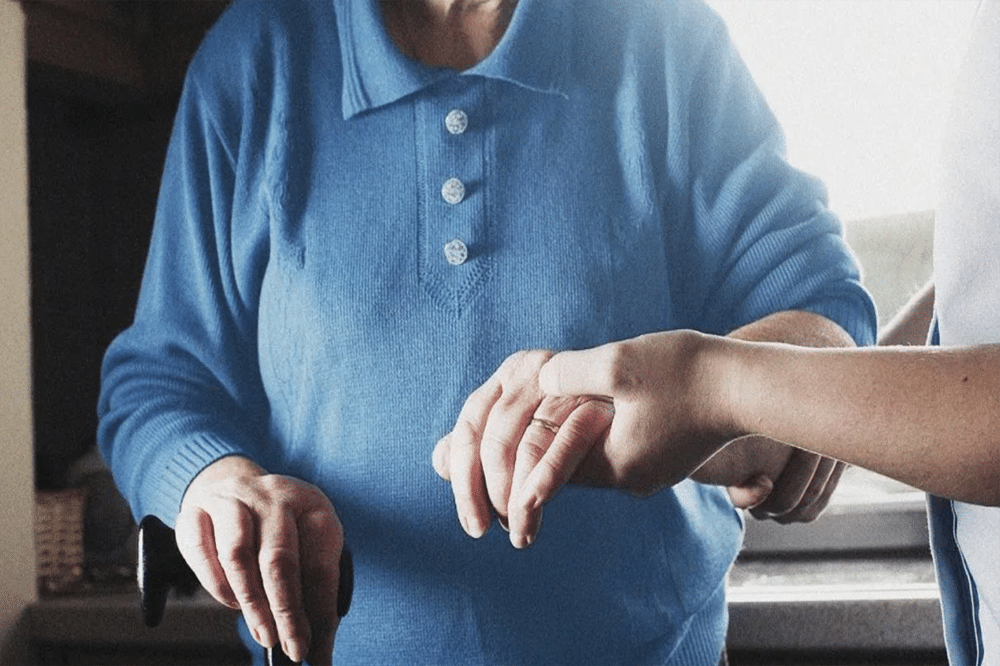Stroke, or cerebrovascular accident, is a cerebrovascular disease that occurs as a result of an alteration in cerebral circulation, causing a deficit in the functioning of areas of the brain.
For this reason, it is essential to carry out rehabilitation after suffering a stroke. The aim of rehabilitation after a stroke is to recover the affected abilities of the person and to maintain those abilities, to enhance functionality in activities of daily living and also to compensate for lost functionality in order to perform optimally.
The duration of rehabilitation treatment for stroke patients will depend on the severity of the injury. However, recovery from a stroke is often a long and arduous experience, but it is essential to improve and maintain your abilities.
During rehabilitation, the patient will always be accompanied by their therapist who will teach them how to recover their movement skills in order to carry out day-to-day activities.
How will I be able to return to these basic activities?
At Rehabot we use the Bobath Concept for neurorehabilitation. This therapeutic concept for the holistic treatment of people with neurological disorders.
It is based on advances in neuroscience and neurophysiology, motor control and learning, muscular and neural plasticity, as well as biomechanics.
The main objective is to re-establish body movements that have been affected by a disease that influences the normal functioning of the Central Nervous System, preventing a normal life.
In addition, with the Bobath concept, we try to prevent and avoid possible secondary disorders or deformities that may arise as a consequence of the patient’s pathology.
And of course, Rehabot’s objective is to teach and educate the patient to become independent in their daily life and to recover the ability to carry out activities on their own.
Stroke rehabilitation at home
The rehabilitation process can be carried out at the patient’s own home. Our rehabilitation centre will offer you guidelines to follow, adapted at all times to your home, so that you can carry them out.
All those activities that you can carry out independently, such as dressing, walking, eating, will be a further step in your recovery.
What activities will I do during recovery?
At Rehabot we focus on basic activities such as postural control, transfers, i.e. moving from sitting to standing and vice versa, improving ambulation, among others.
The different activities proposed and agreed between the therapist and the patient will help to achieve the objectives set.
It is important to carry out rehabilitation as soon as possible after the stroke. In this way, we will have a better chance of recovery.
Who will be in charge of the rehabilitation?
Stroke rehabilitation will be carried out by a professional therapist, with experience in these treatments for individuals and organisations.
He or she will carry out thorough assessments and detailed reports on the patient and will teach you how to perform activities such as walking, reaching and others.
The therapist’s goal is to make you feel confident during rehabilitation.
There are many factors that affect the outcome of stroke rehabilitation, such as emotional factors that are often difficult to cope with. Therefore, the accompaniment of a therapist will help you to grow, recover and maintain your abilities and to feel as autonomous as possible.
Leave us your data to start your treatment







